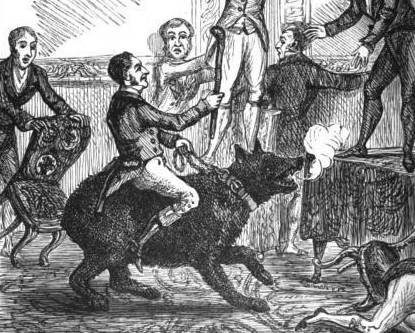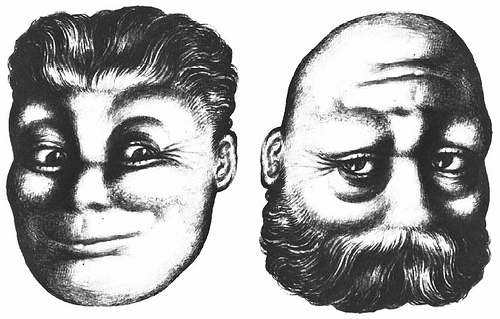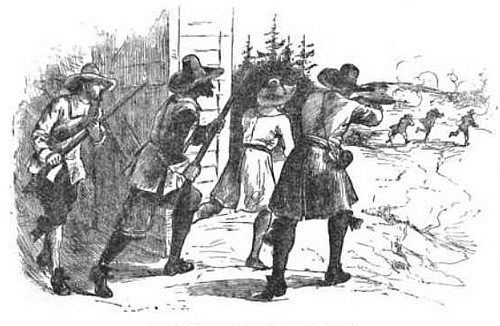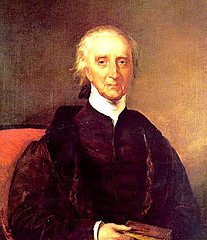One Theodore Reinking, lamenting the diminished glory of his race, wrote a book entitled Dania ad exteros de perfidia Suecorum (1644). It was not a very excellent work, neither was its author a learned or accurate historian, but it aroused the anger of the Swedes, who cast Reinking into prison. There he remained many years, when at length he was offered his freedom on the condition that he should either lose his head or eat his book. Our author preferred the latter alternative, and with admirable cleverness devoured his book when he had converted it into a sauce. For his own sake we trust his work was not a ponderous or bulky volume.
— P.H. Ditchfield, Books Fatal to Their Authors, 1895





